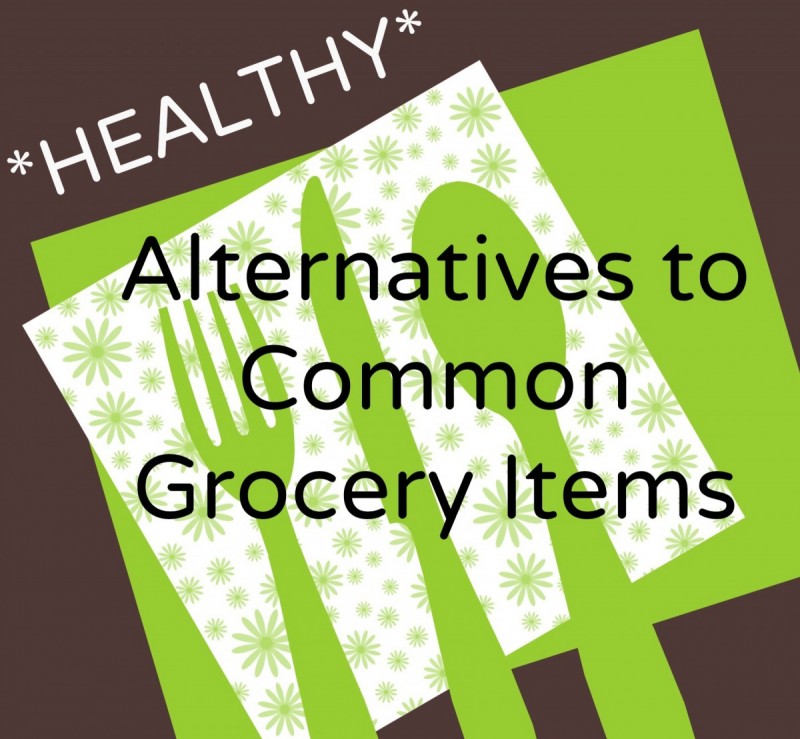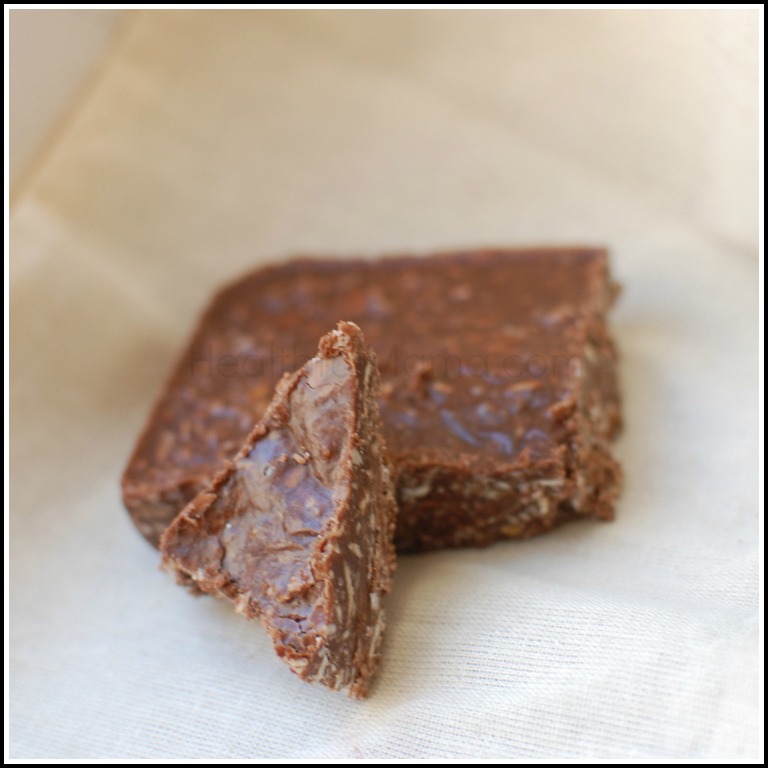STEP 1: Cleaning Your Pantry
First things first: if you want to cook more healthily, there has to be something to choose from in those cupboards, right? The point here is to move away from products and foods that are hard for your body to process and digest and move TOWARDS whole, natural, preferably local, unprocessed ingredients. Let’s look at what we’re working with…

I would say that the Standard American Diet has a few staples (And these are the items that tend to be on sale, in coupon ads, and advertised heavily.):
-bread/tortillas -butter/margarine -eggs -peanut butter -jelly/jam -pasta -pasta sauce -cereal -cow’s milk -deli meat -cheeses -chicken -ground beef -canned goods: tomatoes, soups -crackers -cookies -candy -ice cream -white sugar -white all-purpose flour -ketchup -mayonnaise -mustard -pickles -hot sauce -frozen vegetables -white rice -potatoes -frozen meals -frozen pizzas -yogurt
Now, I’m NOT going to tell you to throw these things away. Nope, it’s good to be healthy on the wallet, too. What the suggestion is, however, is to NOT BUY ANY MORE of these items. Instead, choose a healthier version, a few items at a time.
If healthier options are just too expensive in your area, or not available at all, try Green Polka Dot Box, an online grocery store, that delivers affordable, healthy foods to your doorstep.
-bread/tortillas Homemade bread; 7-12 grain bread; whole wheat, non-hydrogenated tortillas
-butter/margarine Organic butter, olive oil, grapeseed oil, coconut oil
-eggs local, organic eggs from cage-free hens
-peanut butter Natural, unsweetened, salt-free peanut butter; almond butter; sun butter
-jelly/jam Fresh fruit
-pasta Whole wheat pasta; rice pasta or other gluten-free pasta
-pasta sauce organic pasta sauce; homemade pasta sauce
-cereal organic, gluten-free cereal, rolled oats
-cow’s milk almond, hemp, rice, or oat milk; local, organic, non-homogenized cow’s milk
-deli meat Field Roast slices,* Applegate Farms,* or hummus (Get Field Roast & Applegate via Green Polka Dot Box)
-cheeses Organic, locally-produced, raw-milk cheese
-chicken local hens- organically grown; any kind of bean; lentils; organic tofu
-ground beef lentils; nuts for grinding into a beefy texture; organic, grass-fed beef
-canned goods: tomatoes, soups organic tomatoes; organic veggies; organic soups*
-crackers homemade crackers; organic, whole-wheat crackers; rice crackers; spelt crackers; oat pretzels; organic tortilla chips*
-cookies homemade cookies
-candy Yummy Earth*
-ice cream Coconut Bliss*; SoDelicious*
-white sugar agave nectar, honey, cane sugar
-white all-purpose flour organic wheat flour; spelt flour; barley flour; rice flour;
-ketchup organic ketchup; homemade ketchup
-mayonnaise I cannot condone the use of mayo because I hate it. 😉 You can make your own, though!
-mustard organic stone ground mustard
-pickles homemade fridge pickles
-hot sauce siracha; homemade hot sauce
-frozen vegetables fresh, organic, local, seasonal veggies; organic frozen veggies
-white rice organic quinoa, organic brown rice, kamut, barley, bulgur
potatoes homegrown potatoes or a whole grain
-frozen meals organic—like Amy’s*
-frozen pizzas organic—Amy’s*
-spices—organic spices
*These starred items are better choices for processed, pre-packaged products. Ideally, processed food shouldn’t be a staple in the cupboards and used sparingly.
When The Hubs (then boyfriend) and I went vegan, we quit animal products cold, ahem, turkey. We threw out butter, cheese, milk, etc., substituted faux meats and cheeses for the real stuff, and ended up really hungry and at a loss for what to do with most meals. Many loaves of bread and meat-cheats later, we landed on something that worked. Changing your entire way of shopping can be overwhelming, so here is a bit more about how to transition successfully (and not necessarily to a vegan diet, just a healthier one):
1. Don’t clean out all of your “old” foods at once unless that is a method that has worked for you in the past. I’m definitely an All or None kind of person, so it works for me to jump in with both feet. But you may find that restrictive and unmotivating.
2. Instead, try changing one item (or a few items) per week. Where to start?
- If you’re not already buying organic produce, begin there, especially with The Dirty Dozen.
- Try switching to a non-dairy milk, preferably organic. Soy milk is the closest in viscosity to cow’s milk.(PLEASE buy organic! GMO-laden soybeans should not be part of your plan!) Almond milk is a close second. I prefer Hemp milk but it is an acquired (nutty) taste. I don’t believe that cow’s milk is a necessary part of a human’s diet, but if you disagree, do yourself a favor and research the company that processes your milk—and choose wisely.
- Next, I’d focus on processed snacks and other items. Try to buy the version with least amount of ingredients, with recognizable ingredients, and preferably organic. Ultimately, try not to buy many processed goods at all.
- Buy only grass-fed, pastured beef, organic, pastured chicken and pastured pork. You’ll find that these items are more expensive and you may convert to more meatless meals!
- Eventually, you should start recognizing the good ingredients from the bad and choose products based on what’s important to you– organic dairy items, like yogurt, for example.
3. Be sure your cabinets are stocked for cooking. I really like this reference and help guide from goodcheapeats.com
4. Take it one step at a time, one day at a time. When we transitioned to veganism, it took two years for us to figure it all out and get to a balanced diet. I don’t think it has to take that long, but if it does, so be it!
It’s easy to get overwhelmed with a switch in eating habits. Take it slowly, and do what you can do. Every little change helps.
Have you already made some (or most!) of these changes? What was your biggest challenge?


Leave a Reply